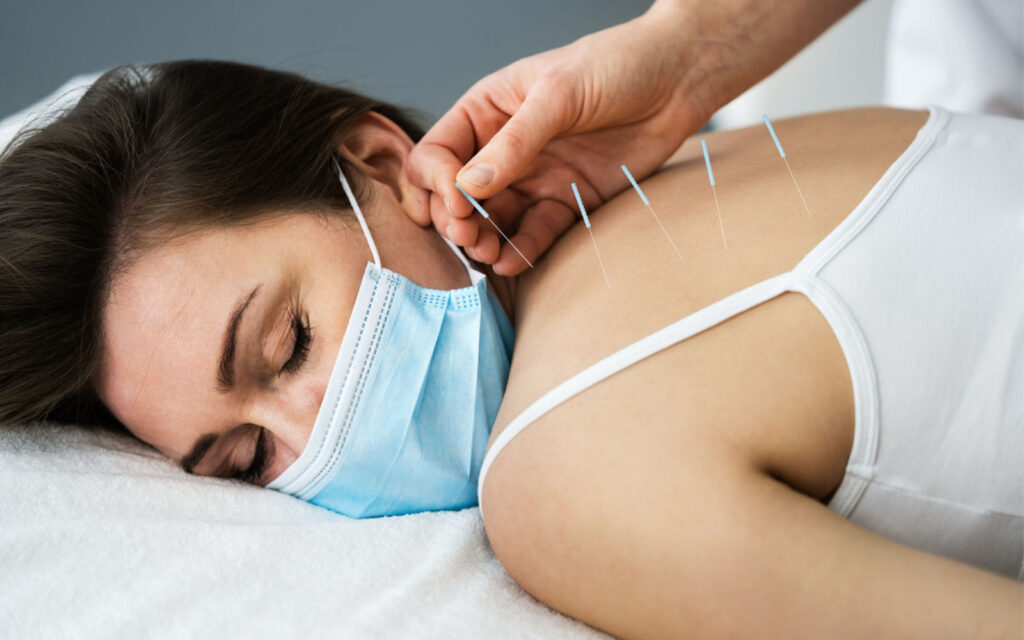Dry needling, also known as clinical acupuncture, is a treatment for muscle tissue designed to deactivate trigger points, reduce pain, and restore function. “Dry needling” refers to the lack of any substance being injected, as occurs with a hypodermic needle. Restoring lost muscle function helps to prevent further damage from poor muscle function. It’s primarily intended to be used as a companion to more conventional treatment approaches, reducing pain, promoting healing, and restoring normal tissue function.
Experience The Benefits of Dry Needling
An acupuncture needle, also known as a solid filament, is used to pierce the skin and the underlying tissues during this treatment. The benefits of dry needling are the result of this piercing process promoting healing in the tissues, which can help to restore muscle function. Numerous physiological mechanisms at play produce benefits for patients receiving dry needling experience. While these mechanisms are not well understood, studies are ongoing. These studies suggest that inserting these needles in specific locations impacts the chemical and electrical communication process that occurs in our nervous system. One of the most significant impacts shown is manipulating the transmission of pain signals through the spinal cord, combined with stimulating the release of pain-relieving chemicals within the brain.
The differences between dry needling and acupuncture lay primarily in the method of execution and the underlying treatment theories. Acupuncture is a respected form of Traditional Chinese Medicine that uses the same types of needles. However, acupuncture focuses on meridians, coatings, and pulses identified in Chinese culture and philosophy. They focus on unblocking these energy meridians and restoring the natural flow of these energies throughout the body. Those who advocate acupuncture promote its ability to treat various psychological and physical symptoms.
Dry needling draws its treatment methods from an understanding of neurophysiological and anatomical science developed in Western medicine. The acupoints used in acupuncture are not synonymous with this understanding of anatomy. They are generally inconsistent with the modern medical approach. The steps involved in dry needling include the following:
- The treatment area is identified and sterilized
- A needle is inserted into the trouble area, causing a small, precise lesion
- This injury stimulates the body to address the damaged tissue by repairing or replacing it
This process of inserting the needle is also a diagnostic step. When inserted into damaged tissue, the needle will stimulate a ‘twitch’ response. This response does not occur in healthy tissue and causes damaged tissue to relax. This improves circulation, which promotes circulation and reduces inflammation. This is both important for healing and can reduce the pain associated with inflammation.
Speak To Your Physician About Dry Needling
If you’re interested in discovering if dry needling can help you find relief from pain and discomfort, reach out to your physician. They’ll perform a complete examination and consultation and help to develop a treatment plan to address your concerns. When used with conventional methods, dry needling can be an excellent companion treatment that will help promote healing and growth.

